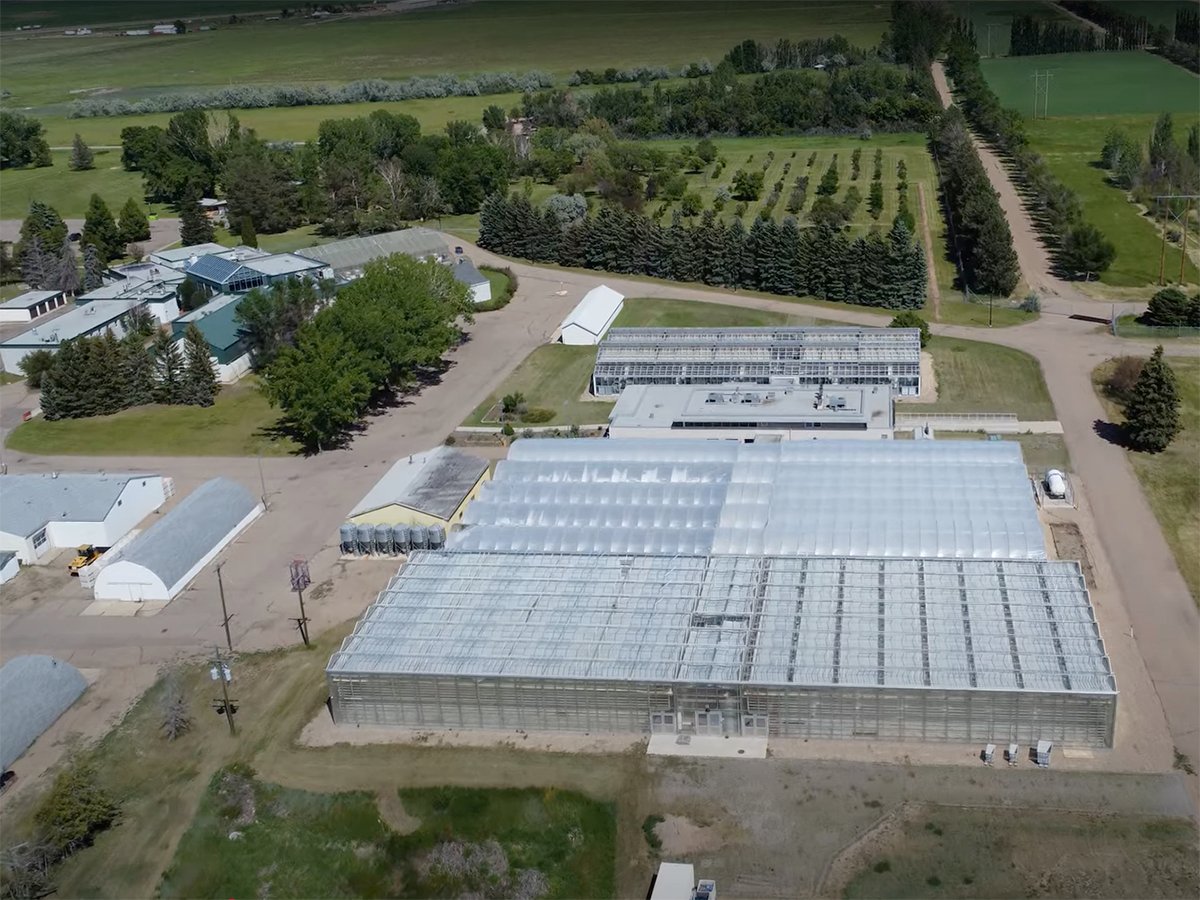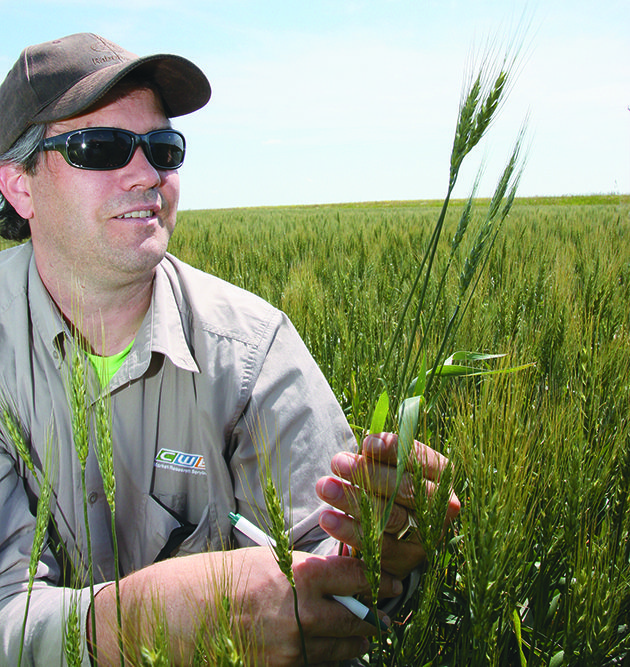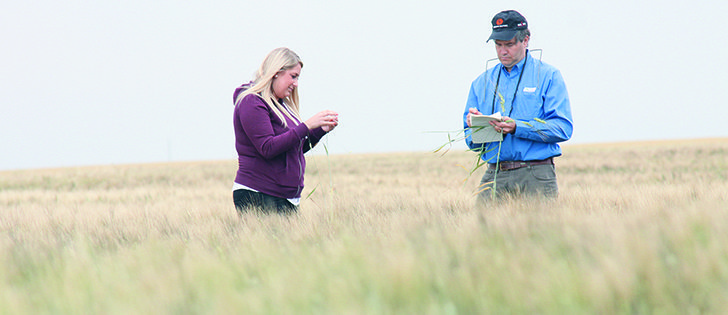The CWB has boosted yield estimates for 2015 western wheat and canola crops after a prairie-wide tour, but it predicts overall yields will still be down significantly from 2014.
Bruce Burnett, analyst with CWB market research services, said wheat yields generally will be down about 15 percent this year, while canola will drop about 19 percent.
Those numbers are slightly better than the 19- and 22-percent decreases, respectively, the CWB predicted before the tour.
Read Also

Alberta crop diversification centres receive funding
$5.2 million of provincial funding pumped into crop diversity research centres
Durum took the biggest hit with yields expected to fall 15 to 35 percent depending on the region. It will likely be the smallest durum crop since the drought of 2002 and 2003, he said, and certainly the smallest in 10 years.
Overall, the CWB is predicting 23.1 million tonnes of wheat and 12.49 million tonnes of canola at this point. The 2010-14 average from Stats Canada is 26.22 million tonnes of wheat and 14.87 tonnes of canola.
The CWB wheat estimate breaks down to 18.14 million tonnes of spring wheat, 4.19 million tonnes of durum and 0.77 million tonnes of winter wheat.
Burnett said the upwardly revised estimates are a result of average, above average and record crops seen on the tour from Winnipeg through Brandon, then from southeast Sask-atchewan up to Yorkton, across to Muenster and south to Regina.
“We underestimated how good the crops were in the east,” Burnett told a wrap-up session for tour participants in Regina.

He had been predicting record crops in central Manitoba but said he has revised yields upward for the Saskatchewan areas as well.
The worst crops were seen on the Calgary tour south through Leth-bridge and Medicine Hat and then into Saskatchewan through Leader, Swift Current, Assiniboia and Weyburn.
The other tour — from Saskatoon northeast to Melfort, west to Lloyd-minster, north and west to Camrose and back east through Wainwright and west central Saskatchewan — saw mixed results.
By crop, the CWB predicts spring wheat yields of 38.9 bushels per acre, down about 10 percent from average and 15 percent from 45.7 bu. per ac. last year.
“That doesn’t scream disaster,” Burnett said.
“That says significantly lower than last year.”
Yields will be highest in Manitoba and eastern Saskatchewan and lowest in Alberta and through west-central Saskatchewan, he said.
Durum is the bad news story. The CWB predicts 27.8 bu. per ac., dramatically lower than the 40.9 bu. per ac. recorded last year.
Dry conditions have caused reduced tillering, short, thin stands and small heads. Rain now will help some of the crops, but not all.
One positive for durum, however, will be higher protein levels.
The prediction for canola this year is 29.3 bu. per ac., down from 34.4 bu. per ac. last year and the average of about 35 bu. per ac.
Burnett said in northeastern Alberta, the tour found canola fields with many different growth stages and harvest staging will be a challenge.
Strong yields in eastern Saskatchewan and western Manitoba will offset the poor yields elsewhere.
Burnett’s concern is the about 1.5 million acres of canola that was reseeded after spring frost. Some of those fields are just reaching the flowering stage.
“There is some concern certainly they need to see frost-free conditions through August and past Labour Day,” he said. “Most crops are ahead of normal across the Prairies but some areas need an extended growing season.”
Although the tours focused on wheat and canola, observations on lentils and peas found short pea crops and yields likely below the long term average.
“Lentils have really hung in there, which is their modus operandi,” Burnett said. “Lentil production is probably not off as much as the pea production will be this year.”
















